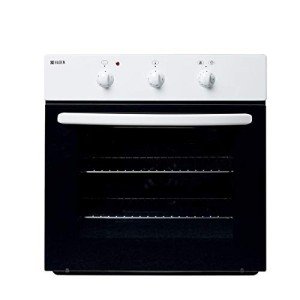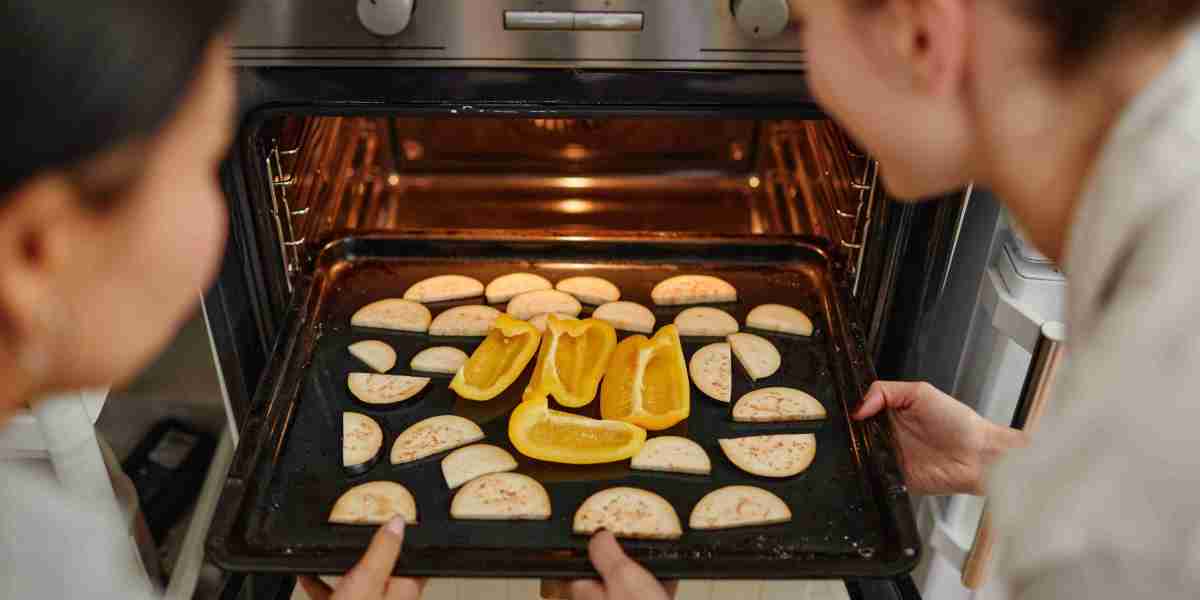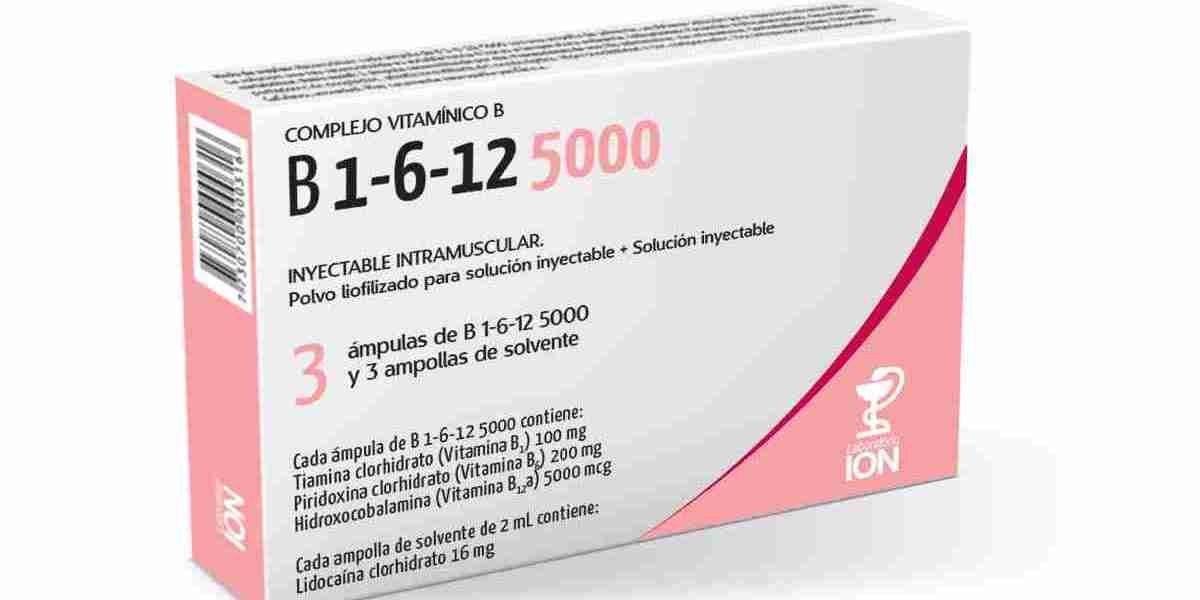In the heart of every home lies the kitchen, a space where creativity and culinary expertise come to life. Central to the kitchen’s functionality is the cooking hob, a versatile and ovensandhobs essential appliance that has evolved significantly over the years. Whether you’re a seasoned chef or a casual cook, choosing the right hob can elevate your cooking experience, making it more efficient, enjoyable, and safe. This article delves into the best hobs available today, considering factors such as performance, design, and ease of use.
Introduction to Hobs
A hob, also known as a cooktop, is the surface on which you place your pots and pans to cook. It can be standalone or part of a range cooker, and it comes in various types, each with its own set of features and benefits. The most common types of hobs include gas, electric, ceramic, and induction. Each type has its unique selling points, and the best choice depends on your specific needs and preferences.
Types of Hobs
Gas Hobs
- Performance: Gas hobs offer precise control over heat, making them a favorite among professional chefs. The flames can be adjusted instantly, allowing for quick boiling and simmering.
- Design: They are typically available in a variety of designs, including freestanding and built-in options. The classic look of gas burners adds a traditional touch to any kitchen.
- Ease of Use: Gas hobs are easy to clean, and the controls are straightforward. However, they require a gas supply, which may not be available in all homes.
- Best For: Chefs who value immediate control over heat and those who enjoy the traditional cooking experience.
Electric Hobs
- Performance: Electric hobs are known for their uniform heat distribution, which is particularly useful for slow cooking and baking. They also heat up and cool down quickly, providing some level of temperature control.
- Design: Electric hobs come in a wide range of designs, including smooth top, coil, and halogen options. They can be integrated seamlessly into modern kitchen layouts.
- Ease of Use: They are generally easy to use and maintain, with no need for a gas supply. However, they may not offer the same level of precision as gas hobs.
- Best For: Home cooks who prefer a clean, modern look and those who live in homes without a gas connection.
Ceramic Hobs
- Performance: Ceramic hobs provide a sleek, modern aesthetic and are easy to clean. They heat up quickly and offer good temperature control, though they may not be as responsive as induction hobs.
- Design: The smooth, flat surface of ceramic hobs adds a contemporary touch to any kitchen. They are available in various sizes and configurations, including single, double, and triple burners.
- Ease of Use: The flat surface makes cleaning a breeze, and the control knobs are user-friendly. However, they can be sensitive to scratches and heavy pots.
- Best For: Homeowners who prioritize aesthetics and ease of cleaning.
Induction Hobs
- Performance: Induction hobs are the most advanced and energy-efficient option. They heat up instantly and offer precise temperature control, making them ideal for both quick and slow cooking. They also cool down rapidly, enhancing safety.
- Design: Induction hobs have a sleek, minimalist design and are often integrated into modern, high-end kitchens. They are available in various sizes, from small portable units to large built-in models.
- Ease of Use: They are easy to clean and use, with intuitive touch controls. However, they require cookware with a ferromagnetic base, such as cast iron or stainless steel.
- Best For: Home cooks who value efficiency, precision, and modern design.
Factors to Consider When Choosing a Hob
- Heat Control: Precision in heat control is crucial for cooking a wide range of dishes. Induction and gas hobs excel in this area, while electric and ceramic hobs offer good, but less precise, control.
- Energy Efficiency: Induction hobs are the most energy-efficient, followed by electric and ceramic hobs. Gas hobs are less efficient but offer a more traditional cooking experience.
- Safety: Induction hobs are the safest due to their rapid cooling and the fact that they only heat the base of the cookware. Gas hobs can be a safety concern if not used properly, but modern models often come with safety features like flame failure devices.
- Ease of Cleaning: Ceramic and induction hobs are the easiest to clean due to their smooth, flat surfaces. Electric and gas hobs can also be cleaned easily, though they may require more effort to remove build-up.
- Cookware Compatibility: Induction hobs require specific cookware with a ferromagnetic base. Gas, electric, and ceramic hobs are compatible with a wider range of cookware.
- Installation: Gas hobs require a gas supply and proper ventilation, which may involve additional installation costs. Electric and induction hobs are easier to install, as they only need a power outlet.
Top Recommendations
Induction Hob: Bosch PPI825BB1E
- Features: This Bosch hob has a large, 74 cm cooking surface with four zones, including a bridge function that combines two zones for larger cookware. It also features touch controls, a timer, and a child safety lock.
- Pros: High heat output, precise temperature control, and easy to clean.
- Cons: Requires ferromagnetic cookware and can be expensive.
Gas Hob: Rangemaster 700/7B/1 Gas Hob
- Features: This Rangemaster hob has five burners, including a powerful wok burner and a dual-ring burner for versatility. It also includes a flame failure device for added safety.
- Pros: Excellent heat control, durable, and suitable for a variety of cooking styles.
- Cons: Requires a gas supply and proper ventilation.
Ceramic Hob: Baumatic BICH90631M
- Features: This Baumatic hob has five heating zones, a touch control panel, and a residual heat indicator. It also offers a high level of customization with a choice of black or white glass.
- Pros: Sleek design, easy to clean, and good heat distribution.
- Cons: Less precise temperature control compared to induction hobs and sensitive to scratches.
Electric Hob: GE Profile PST9030SF0B
- Features: This GE hob has five heating elements, including a powerful 12-inch element and a simmer element. It also features a control lock and a delay start function.
- Pros: Quick heating, easy to use, and compatible with a wide range of cookware.
- Cons: Less energy-efficient compared to induction hobs and may not offer the same level of precision.
FAQs
Q: What is the main difference between gas and induction hobs?A: The main difference is in the cooking method. Gas hobs use an open flame, which provides immediate and precise heat control. Induction hobs use electromagnetic fields to heat cookware directly, offering rapid heating and precise temperature control. Induction hobs are also more energy-efficient and safer, as they cool down quickly and only heat the cookware, not the surface.
Q: Are induction hobs difficult to use?A: No, induction hobs are very user-friendly. They often come with touch controls and can be easily cleaned. However, they do require cookware with a ferromagnetic base, such as cast iron or stainless steel, which can be a limitation for some users.
Q: Can I install an induction hob in my existing kitchen setup?A: Yes, induction hobs can be installed in most existing kitchen setups. They require a power outlet and can be integrated into a variety of countertop materials. However, if you are replacing a gas hob, you will need to ensure proper electrical installation and may need to make some modifications to your kitchen layout.
Q: Which type of hob is the easiest to clean?A: Ceramic and induction hobs are the easiest to clean due to their smooth, flat surfaces. They can be wiped down with a damp cloth, and most spills can be easily removed. Electric and gas hobs can also be cleaned, but they may require more effort to remove built-up grime and debris.

Q: How do I choose the right size hob for my kitchen?A: The size of your hob should depend on the available space in your kitchen and your cooking needs. Measure the area where you plan to install the hob and consider how many burners or cooking zones you need. A larger hob may be more convenient for family cooking, while a smaller hob is suitable for a compact kitchen or for those who cook less frequently.
Choosing the best hob for your kitchen involves considering several factors, including performance, design, ease of use, and your specific cooking needs. Each type of hob—gas, electric, ceramic, and induction—has its unique advantages and disadvantages. By weighing these factors, you can select a hob that not only fits your kitchen but also enhances your cooking experience. Whether you’re a professional chef or a home cook, investing in the right hob can make a significant difference in your culinary journey.
Related Lists
Top 5 Benefits of Induction Hobs:
- Energy Efficiency: Induction hobs use less energy compared to other types of hobs.
- Rapid Heating: They heat up and cool down quickly, saving time.
- Precise Temperature Control: Induction hobs offer precise control over heat, making cooking easier and more consistent.
- Safety: They are safer to use as they only heat the cookware and cool down rapidly.
- Modern Design: Induction hobs have a sleek, minimalist design that complements modern kitchen aesthetics.
Common Issues with Gas Hobs and How to Fix Them:
- Flame Failure Device Malfunction: Ensure the gas supply is on and the burner is properly seated. If the issue persists, consult a professional.
- Uneven Heat Distribution: Clean the burner ports to ensure they are not blocked. Adjust the flame to match the size of your cookware.
- Odor of Gas: Turn off the gas supply immediately and vent the area. Call a professional to check for leaks.
- Difficult Ignition: Check the spark igniter and clean it if necessary. If the igniter is faulty, it may need to be replaced.
- Scrapes and Scratches: Use non-abrasive cleaners and avoid placing heavy or sharp objects directly on the surface.
By understanding the different types of hobs and their features, you can make an informed decision that will serve you well for years to come. Happy cooking!












